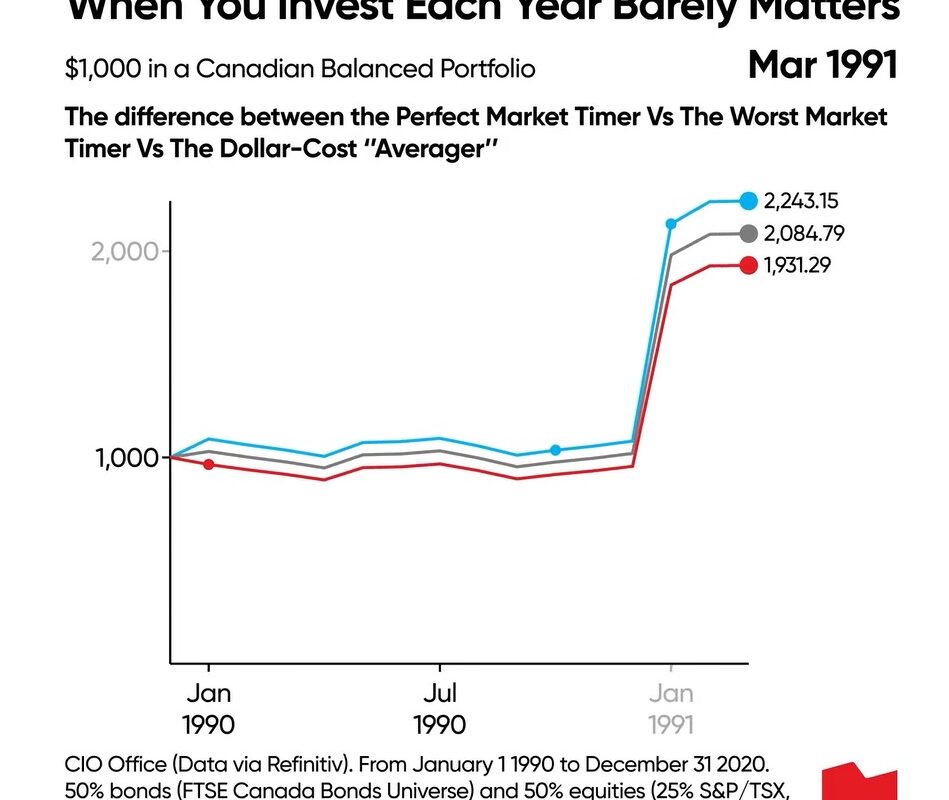Market Update December 2025
2025 has provided another strong year in the market despite the pullback into April on tariff fears. Performance in the U.S. has largely been a result of AI investment in the technology sector while gold (which historically trades inversely to the U.S. dollar), and banks drove the Canadian market performance.
Tax loss selling. The opportunity for tax loss selling is limited given market performance, but candidates include Telus in the communications sector and Nova Nordisk within the pharmaceutical this year.
Artificial Intelligence AI. Over the past few years, artificial intelligence has gone from a niche technology to a dominant force shaping markets, infrastructure, and investor sentiment. The scale of investment is staggering. Global spending on AI is expected to reach $375 billion by year-end, with projections of $500 billion in 2026. Tech giants like Amazon, Microsoft, Meta, and Google are racing to build massive data centers—some consuming as much electricity as entire cities—to power AI models.
What is driving the investment?
- AI-related stocks have fueled three-quarters of gains in the S&P 500 since late 2022.
- Nvidia, the leading chipmaker for AI, recently became the first company in history to hit a $5 trillion valuation.
OpenAI is rumored to be considering an IPO at a valuation of $1 trillion, which would rank among the largest in history.
The Other Side of the Story…
Despite the hype, there are signs of imbalance:
- Revenue vs. Investment Gap: OpenAI reportedly earned $4 billion last year but lost $5 billion. Microsoft and Meta have also reported multi-billion-dollar losses tied to AI investments.
- Economic Strain: AI spending now accounts for 92% of U.S. GDP growth in the first half of 2025, even as job openings decline and 22 states hover near recession.
- Bubble Concerns: Analysts warn that the pace of spending may outstrip returns, echoing past infrastructure booms like railroads and fiber optics.
What Does This Mean for Investors?
- Concentration Risk: Tech stocks dominate market gains, but this creates vulnerability if expectations falter.
- Financing Complexity: Data-center projects are increasingly funded through private equity and structured leases—arrangements that resemble past financial engineering practices.
- Long-Term Uncertainty: Generative AI tools are widely adopted, but their profitability remains unclear. A slowdown could ripple through capital markets.
Opportunities and Caution
- Energy & Infrastructure: Rising electricity demand may benefit utilities and energy sectors.
- Diversification: Balancing exposure to tech with defensive sectors can help mitigate volatility.
- Private Markets: Alternative investments tied to data-center financing may offer upside—but carry unique risks.
Bottom Line.
AI is reshaping the economy at an unprecedented pace.
Demand for GPUs, data centers and AI infrastructure far exceeds supply, and major tech players are urgently expanding capacity.
Whether this boom leads to a lasting transformation or eventual painful correction remains to be seen. As always, our focus is on helping you navigate these dynamics with a disciplined, diversified approach managing your capital, which you can see in the sector weightings of your portfolio.
Last…
As we prepare for the year ahead, we wanted to begin with presenting Angelo Katsoras, our geo-political analyst for National Bank of Canada. Campbell and I will be interviewing Angelo in early January, which will be recorded and sent out to you.
In preparation for this we want to ensure that we give you the opportunity to ask the questions that are on your mind as we enter 2026. We will be sending out a separate email to you in the coming week which will include a link for clients to submit questions and comments.
Hopefully, this will prove an interesting presentation as we head toward 2026!
We have prepared this commentary to give you our thoughts on various investment alternatives and considerations which may be relevant to your portfolio. This commentary reflects our opinions alone and may not reflect the views of National Bank Financial Group. In expressing these opinions, we bring our best judgment and professional experience from the perspective of someone who surveys a broad range of investments. Therefore, this report should be viewed as a reflection of our informed opinions rather than analyses produced by the Research Department of National Bank Financial.
Happy Holidays!!
National Bank Financial
Sincerely,
National Bank Financial
Rob Hunter Campbell Hunter
Senior Wealth Advisor Wealth Advisor CIM®
Sources: Stockcharts.com, The Atlantic, Reuters, Fidelity, The Globe & Mail.
National Bank Financial – Wealth Management (NBFWM) is a division of National Bank Financial Inc. (NBF), as well as a trademark owned by National Bank of Canada (NBC) that is used under license by NBF. NBF is a member of the Canadian Investment Regulatory Organization (CIRO) and the Canadian Investor Protection Fund (CIPF), and is a wholly owned subsidiary of NBC, a public company listed on the Toronto Stock Exchange (TSX: NA).
The opinions expressed herein do not necessarily reflect those of National Bank Financial. The particulars contained herein were obtained from sources we believe to be reliable but are not guaranteed by us and may be incomplete. The opinions expressed consider a number of factors including our analysis and interpretation of these particulars, such as historical data, and are not to be construed as a solicitation or offer to buy or sell the securities mentioned herein. Unit values and returns will fluctuate, and past performance is not necessarily indicative of future performance. Important information regarding a fund may be found in the prospectus. The investor should read it before investing.
The particulars contained herein were obtained from sources we believe to be reliable but are not guaranteed by us and may be incomplete. The opinions expressed are based upon our analysis and interpretation of these particulars and are not to be construed as a solicitation or offer to buy or sell the securities mentioned herein. The opinions expressed do not necessarily reflect those of NBF.
The securities or sectors mentioned herein are not suitable for all types of investors. Please consult your Wealth Advisor to verify whether the securities or sectors suit your investor’s profile as well as to obtain complete information, including the main risk factors, regarding those securities or sectors.
We have prepared this report to the best of my judgment and professional experience to give you my thoughts on various financial aspects and considerations. The opinions expressed represent solely my informed opinions and may not reflect the views of NBF.
Selling calls against stock (Covered Writing): Shares may need to be sold at the strike price of the option at any time prior to expiration. If the calls are assigned, further opportunity for appreciation in the underlying security above the strike price is foregone.
Risk/Reward of the strategy = Strike price minus the purchase price of the underlying plus the premium received from the sale of the call. The maximum loss is the same as holding a long position less the premium received.
The investment advice given only applies to residents of the provinces of British Columbia, Alberta, Manitoba, Saskatchewan, Ontario and Quebec.
National Bank Financial is a member of the Canadian Investor Protection Fund.





